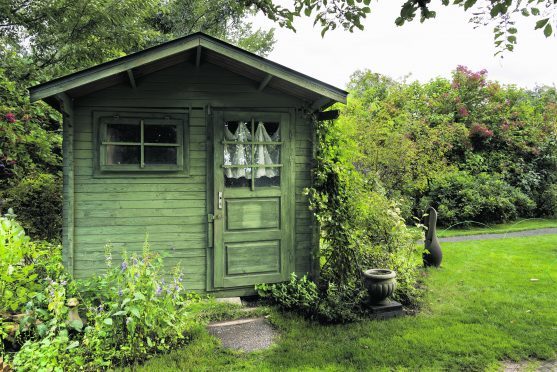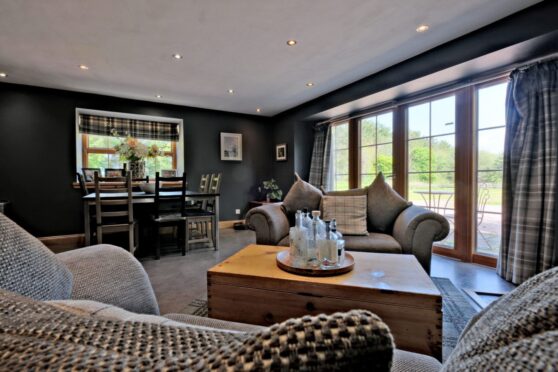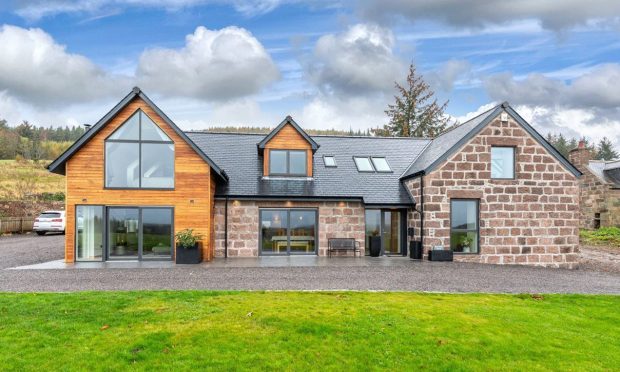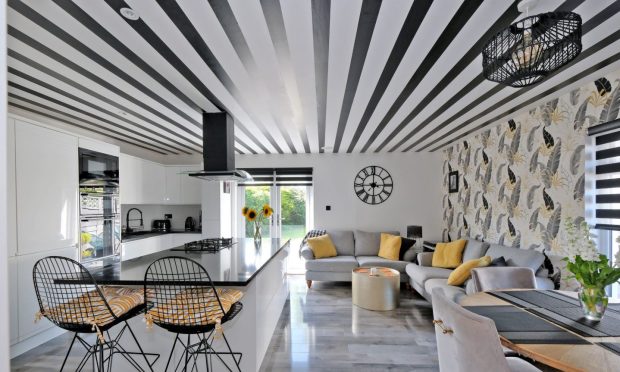The humble garden shed was traditionally used for storage – and a refuge for dad – but it can also be an extension of your home’s living space
1. Garden sheds are usually wooden or metal. Metal ones are often easier and quicker to build and, unlike wood, need little maintenance. They’re more resistant to fire, rodents and insects than wooden ones, although can be less able to withstand storms and high winds, are noisy when it’s raining and are hot inside during summer and cold in winter.
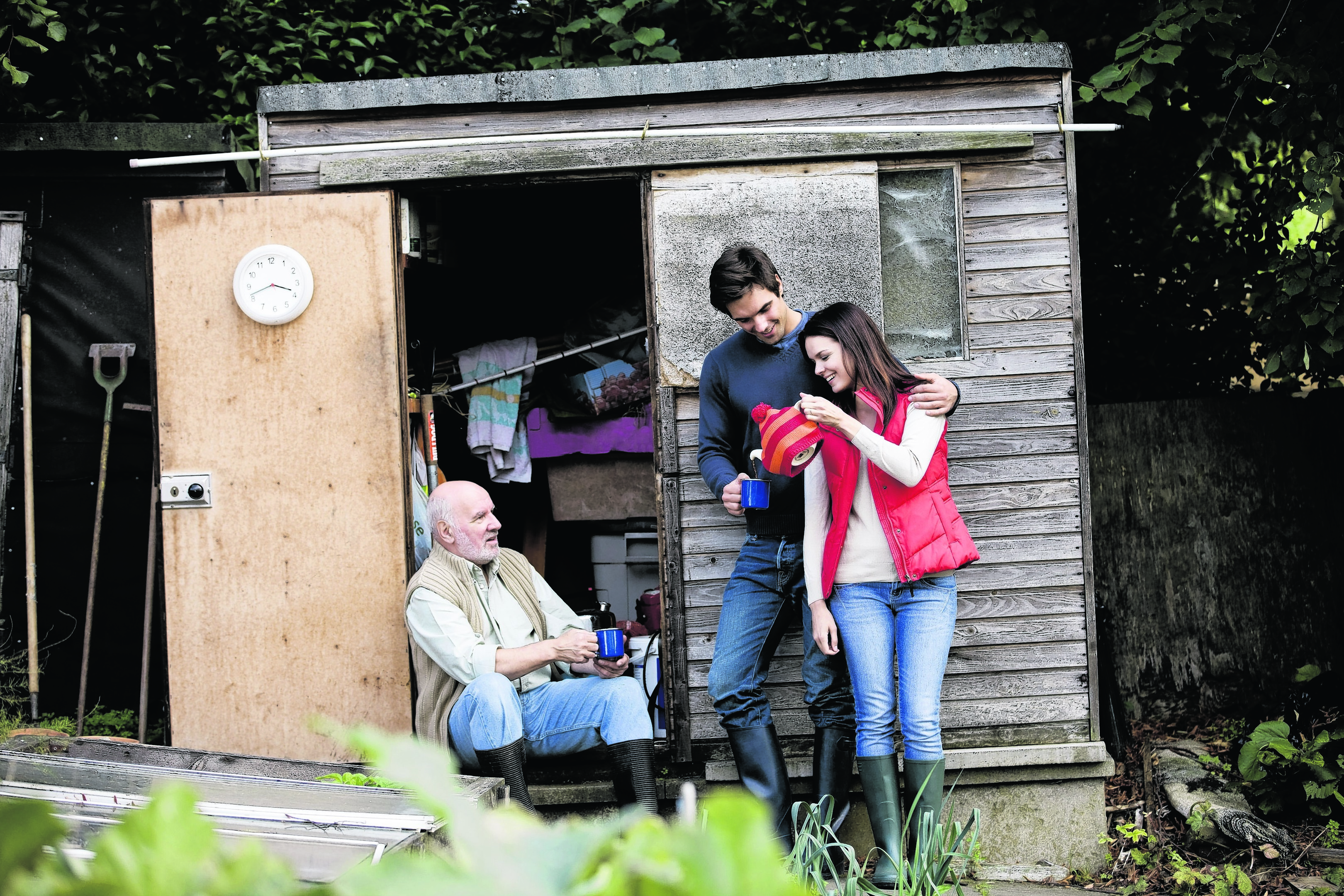
2. Wooden sheds generally look more attractive and, because they’re made from a natural material, blend into the garden better. If you’re not keen on a natural look, it’s easy to jazz them up. Garden wood paints, such as the Cuprinol Garden Shades range come in lots of different colours these days, so there’s something for everyone.
Stripes, for example, create a beach-hut effect, while creamy yellows and pastel greens and blues are perfect for a pretty pop of colour that’s not too jarring.
Unless they’re pre-treated, wooden sheds should first be treated with wood preserver. Aesthetics aside, applying garden-wood paint or stain should also help prolong the life of the shed, as will maintaining it from time to time.
3. Your shed will need a firm base, typically a concrete slab. Wooden sheds should come with a floor, whereas metal sheds usually have the concrete base as the floor.
It’s certainly possible to lay the base and build the shed yourself if you’re an experienced and competent DIYer. An easier option is to get a landscape gardener or builder to do it, although this can be expensive, especially with a large shed.
You may be able to pay extra for the manufacturer to erect the shed when it’s delivered, but the base will already need to be in place.
4. If you’re short of living space indoors, a garden shed can be converted into something more than just storage. As long as it’s easily accessible from the house and (preferably) has electricity and insulation, it can be an ideal place to do quiet or noisy activities.
Sheds can make good workrooms/studios, music or games rooms, home offices, gyms or dens.
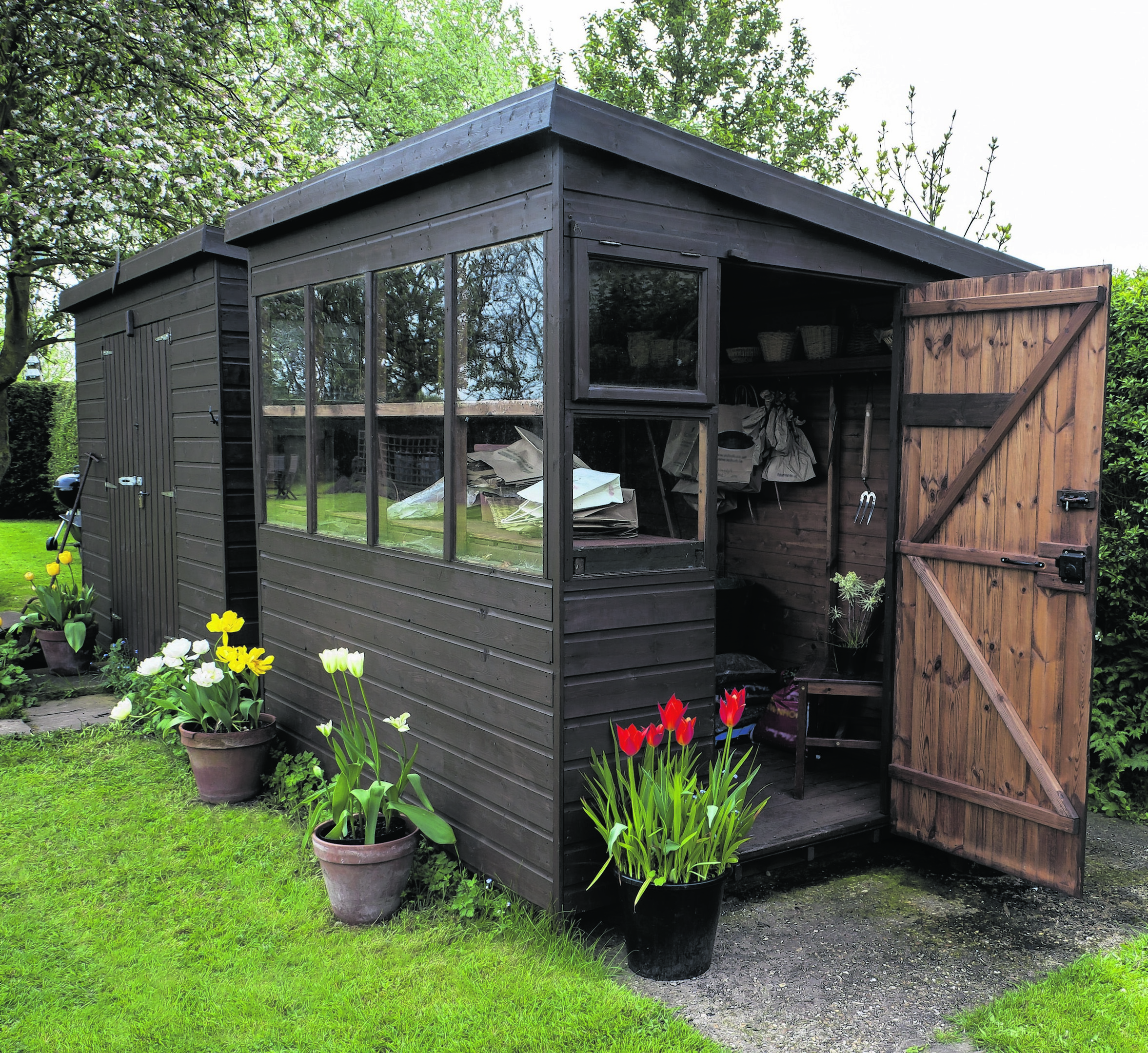
5. Fitting out your shed with everything needed to make it useable and comfortable won’t necessarily be cheap, but it should be cheaper than moving house.
You can convert an existing shed, or buy one tailored to your needs, complete with all mod cons. Specialist companies produce off-the-shelf and bespoke designs, including contemporary garden buildings, with everything included for a fully functioning room.
Because they’re made from a natural material, wooden sheds blend into the garden better
